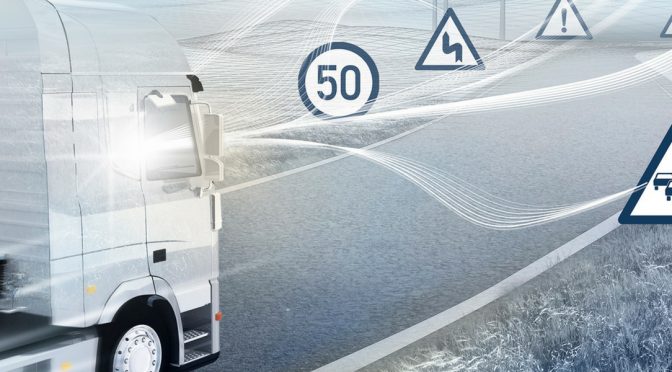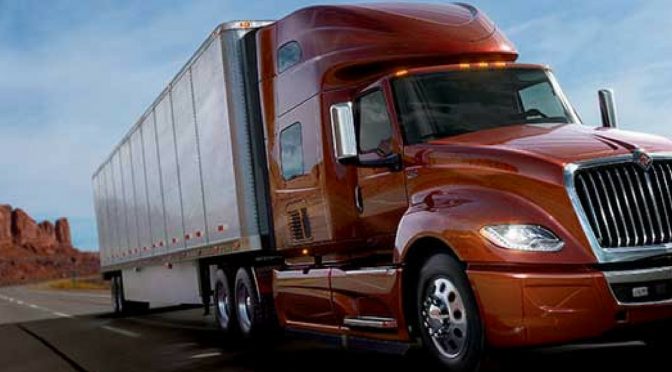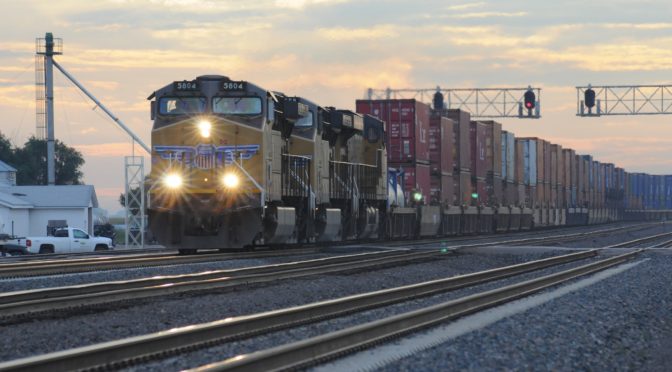
As technology becomes deeply ingrained in the business operations, cloud-based tools lead the charge toward a new and improved fleet management landscape. From automation to IoT to in-fleet GPS tools, technology is the secret sauce to help fleet managers achieve goals across their organization.

The World Bank has said logistical costs swallow up around a quarter of Indonesia’s gross domestic product, citing bottlenecks in supply chains, long dwelling times in ports and lengthy trade clearances. Indonesia’s e-commerce sales are set to rise from 3 percent of retail activity now to 19 percent by 2027, Morgan Stanley estimates.

According to the American Trucking Associations, freight tonnage hauled by trucks would increase by 27% (between 2016 and 2027). With global retail sales to touch $27 trillion by 2020, it just adds to the problems of high volume and restricted resources. Most of these companies would win or lose based on how they optimize their last mile deliveries.

Know where your drivers are at all times. A trucker was lost in snow-covered woods in Oregon for four days when the wrong address was plugged into the GPS. He managed to survive and walk back to more populated areas when his truck got stuck on small roads.

Uber has had been on a topsy-turvy ride in the past few months that could earn it a lead in daily soap-operas such as the Days of Our Lives or All My Children. And now this. Their chief protagonist, Travis Kalanick has stepped down for an indefinite leave of absence. There is going to be a massive restructuring of the board and the vision of the company.
Remember the viral video of Travis Kalanick from earlier this year where he is berating an Uber driver to take ownership of his own problem. Well we all know that video as the start of the derailment of Uber’s public relations. It’s easy to now imagine the company as being self-centered and culturally egoistic.

The next big thing, FaaS, is slated to cover more than 30% of total logistics management growing to $900 Billion by 2030. These numbers are striking enough to sit up and talk about the utilization of FaaS and how it would affect the fleet management systems already in place. How would it work?

